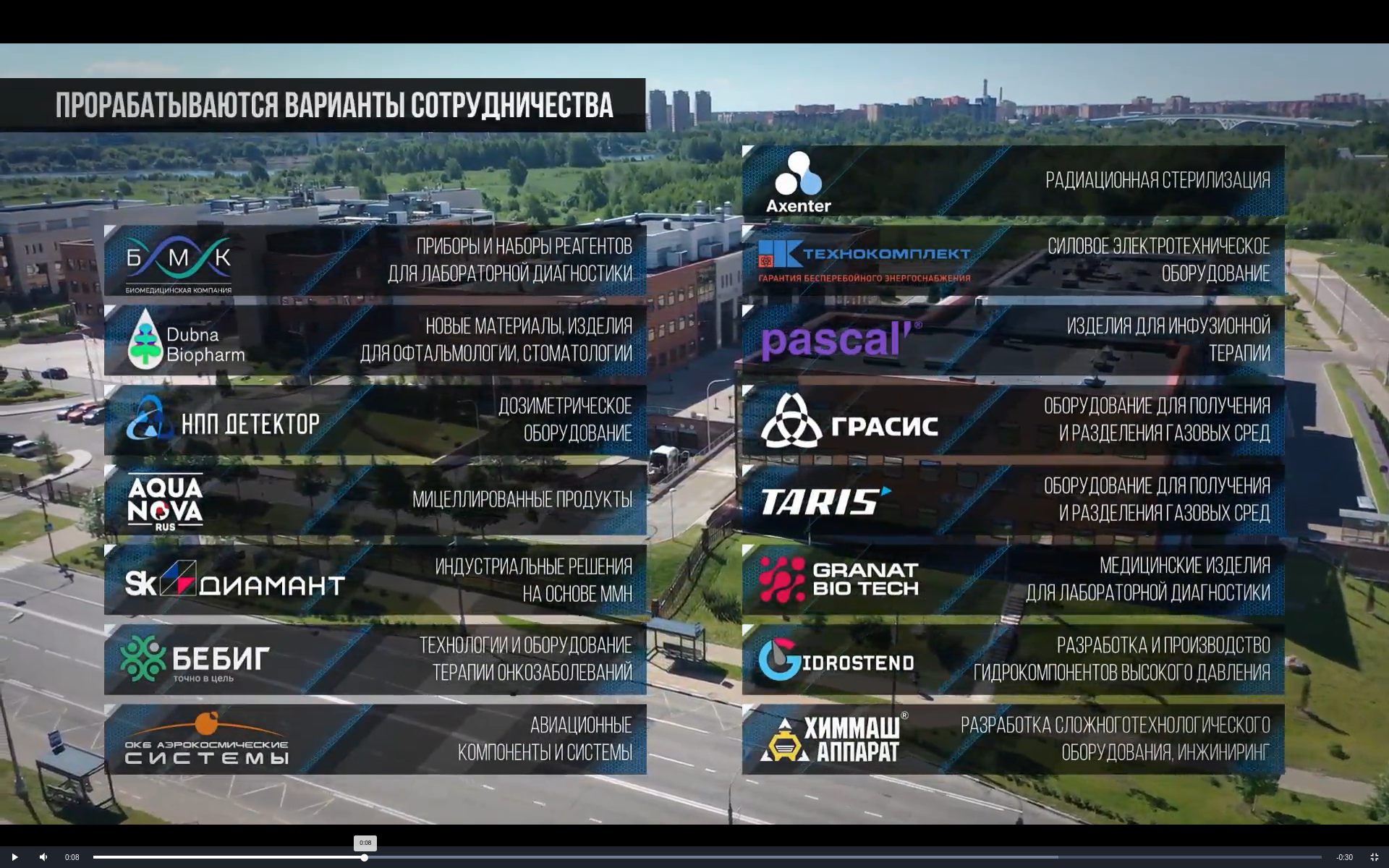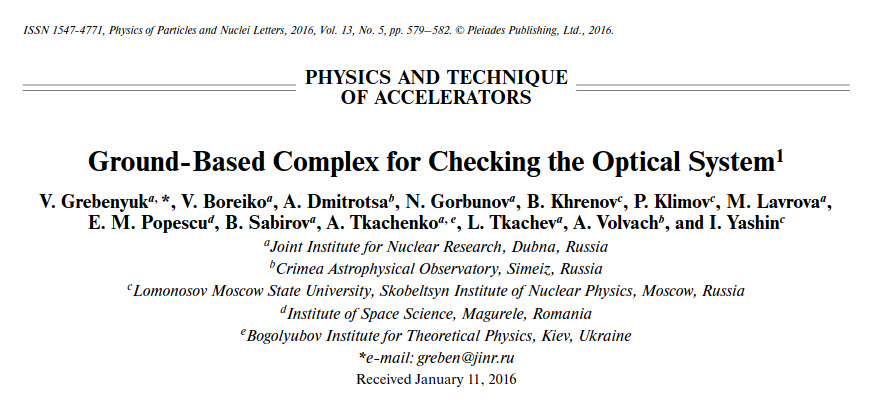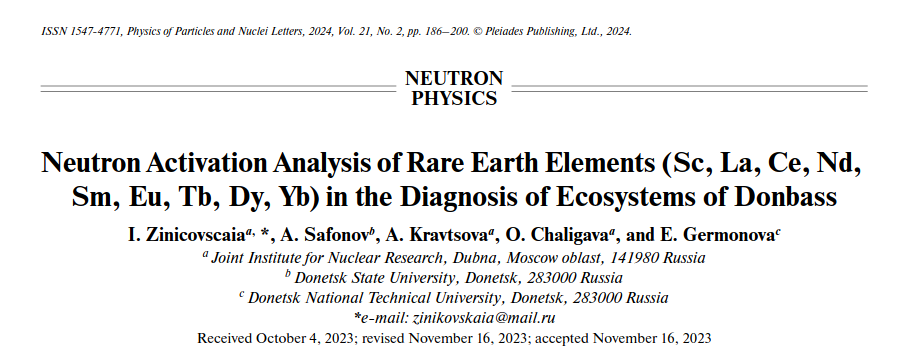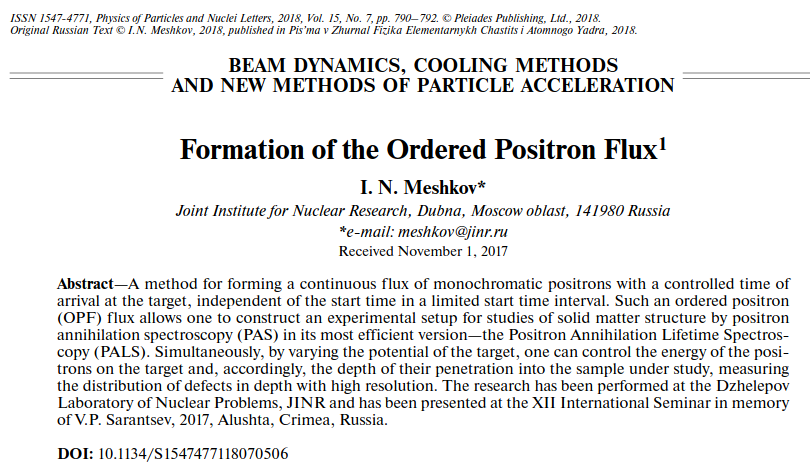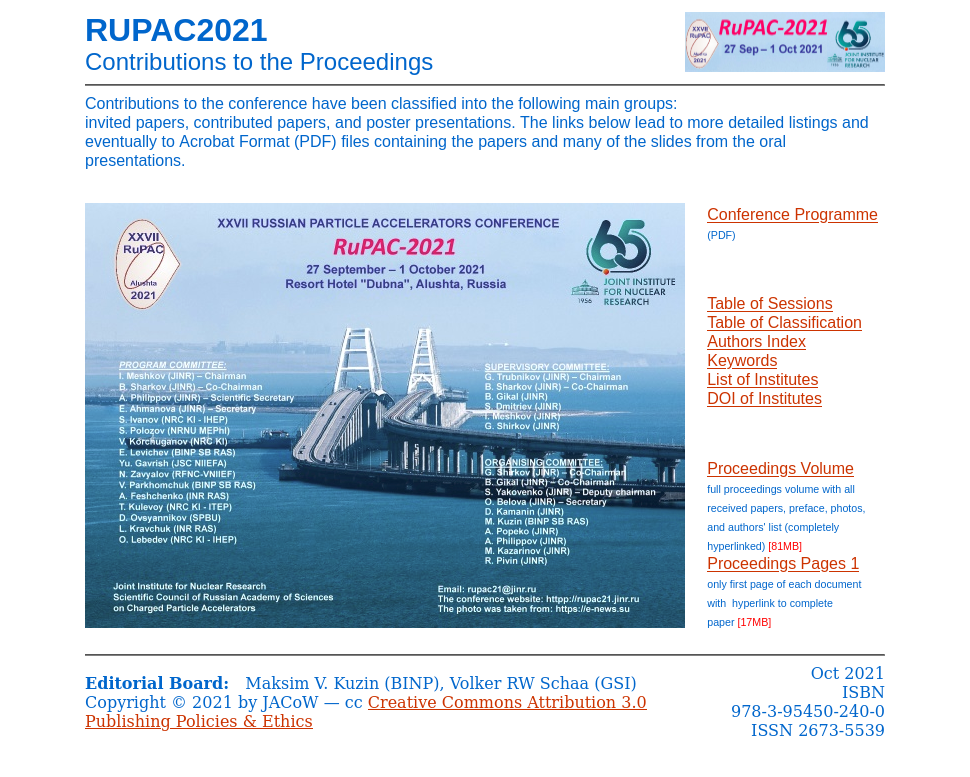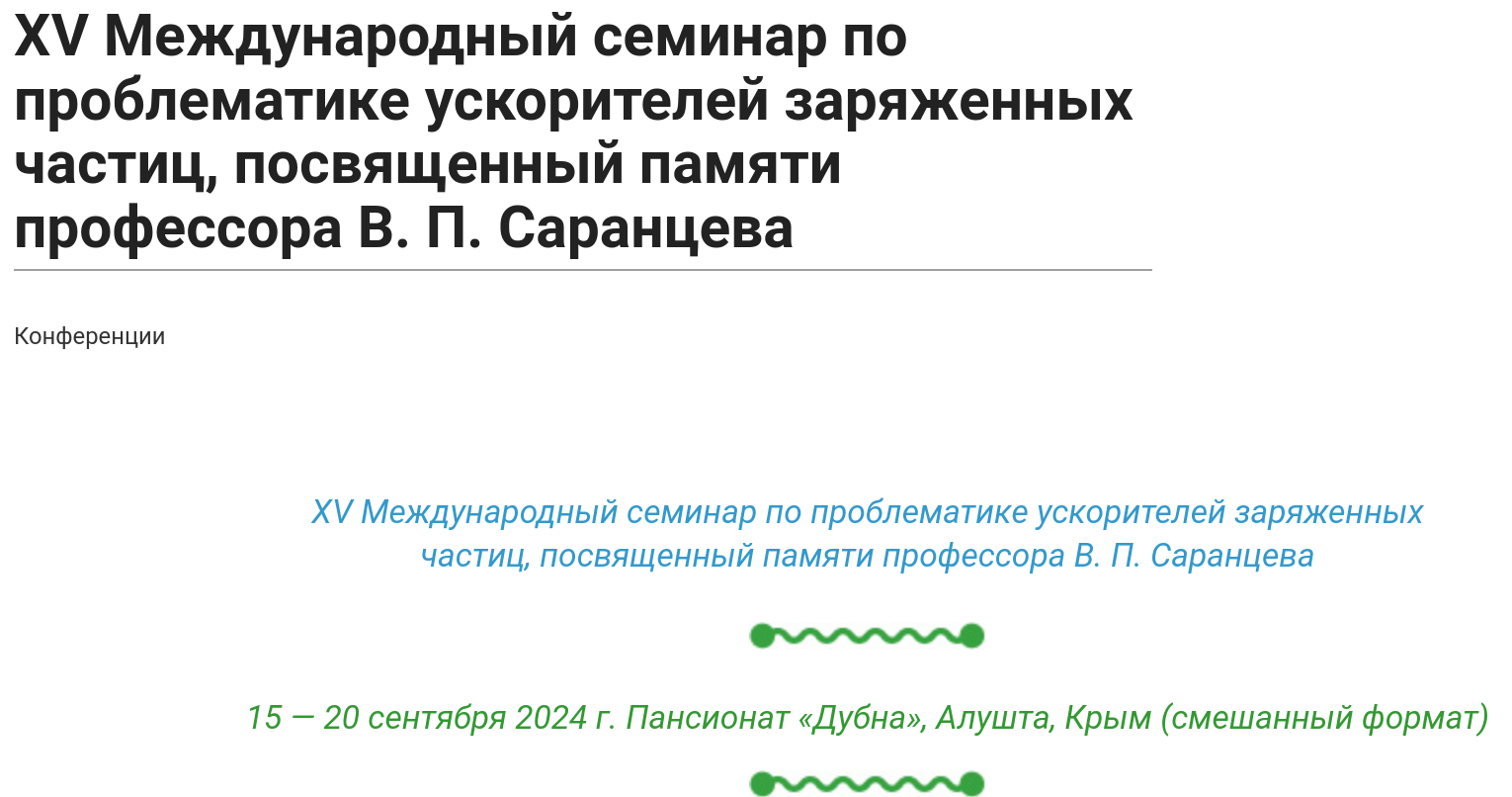As we discussed in our previous article, although Russia is currently the most heavily sanctioned country in history, Russian science has largely avoided sanctions. Taking advantage of this impunity, Russian academic institutions disguised as international ones support and justify the war, allegedly on behalf of the international scientific community. One of the most prominent examples is the Joint Institute for Nuclear Research (JINR).
JINR: International laboratory or a military production hub?
On July 8, 2024, a Russian cruise missile hit the Okhmatdyt children’s hospital in Kyiv, killing two people and injuring more than 30. A joint investigation by the Security Service of Ukraine (SBU) and the Prosecutor General’s Office revealed that the X-101 missile used in the attack was produced in the second quarter of 2024 by the Raduga design bureau. Raduga and its manufacturing facilities (the Dubna Machine-Building Plant) are under Western sanctions (1, 2). Yet, they continue to design and produce many types of weapons used by Russia in the war against Ukraine, including military aircraft (Su-25, Su-34) and missiles (X-55, X-101, etc.). These enterprises are located in the “science city” of Dubna, 110 km north of Moscow. Dubna is called a “science city” because the Joint Institute for Nuclear Research (JINR) is located on the opposite bank of the Volga River.
JINR was established in 1956 as an international center for nuclear research. According to JINR, 990 institutes from 16 countries currently participate in its projects (including the EU members Bulgaria, Slovakia, and Romania; Ukraine withdrew from JINR membership in September 2022 but stopped paying membership fees since 2014). As an international organization, JINR is supposed to be governed by a committee representing all member states. However, for 65 out of 68 years of its existence its directors were Russian. Its staff (including foreign members) pay Russian taxes, and today Russia contributes 80% of the JINR budget. Therefore, it is not surprising that JINR primarily works on promotion of Russian government interests both domestically and internationally.
Before the collapse of the Soviet Union, JINR and Raduga were the main employers in Dubna city. Later, they jointly created a “Silicon Valley on Volga”: the Dubna Special Economic Zone (SEZ) and a new educational institution, Dubna State University, where JINR scientists and engineers train specialists for Dubna’s enterprises. For example, in 2023 this university launched a special program to train 30 engineers per year for the Dubna plant of the Kronstadt company, a manufacturer of reconnaissance and strike drones.
Due to its direct involvement in the war, this plant as well as several others (Yadro Fab Dubna LLC, a manufacturer of electronic components used in numerous weapon systems operated by the Russian army; JSC Promtech-Dubna, a leading Russian producer of maritime, aviation, and space defense equipment; Prepreg Dubna LLC, which manufactures various technical fabrics used in shipbuilding and aircraft construction etc.) is sanctioned. However, this does not prevent JINR from collaborating with them, particularly in developing electronic or chemical technologies.
The importance of JINR to Russia’s military-industrial complex was highlighted at a meeting of Russian Council for Science and Education on June 13, 2024 presided by Vladimir Putin. The meeting discussed a new program of fundamental scientific research to ensure “the interests of the state defense and security, primarily addressing the tasks of the Special Military Operation” [this is how Russia calls its war on Ukraine]. Drone-related R&D was presented as one of the program’s successes. JINR developed the design of an “electric chemical generator based on fuel cells, enabling a drone takeoff weight of up to 750 kg, extended flight time, and fast refueling for long-distance cargo transportation in harsh climatic conditions.” Moreover, there are joint ventures of JINR and the Russian Federal Security Service (FSB).
It is no surprise that out of approximately 180 Russian institutes affiliated with JINR, at least 77 are currently under sanctions for supporting the war and participating in military programs: the EU has imposed sanctions on 15 such institutions, the U.S. on 33, Switzerland on 19, the UK on 6, and Ukraine on 69.
JINR collaborates with pseudo-Ukrainian institutions
Since 2014, all Ukrainian institutes have relocated from territories occupied by Russia to other regions of Ukraine. However, Russia has created fake organizations using their stolen assets and names. While the O.O. Halkin Donetsk Institute for Physics and Engineering of the National Academy of Sciences of Ukraine (NASU) is now based in Kyiv, and the A.O. Kovalevskyi Institute of Biology of the Southern Seas (now the Institute of Marine Biology of NASU) relocated from Sevastopol to Odesa, JINR collaborates with their imitations in Donetsk and Sevastopol appropriated by the Russian Academy of Sciences.
The Vasyl Stus Donetsk National University is now located in Vinnytsia, and the Donetsk National Technical University initially relocated to Pokrovsk and recently to Lutsk. Yet, JINR has worked with their pseudo-equivalents in Donetsk (Appendix C). It has also implemented joint projects with the Crimean Astrophysical Observatory, which was seized by the Russian Academy of Sciences (Appendix B). JINR regularly holds international conferences and meetings in the occupied territories, primarily at the “Dubna” resort in Alushta (Appendix D).
JINR scientists help to produce numerous publications and conference materials where occupied territories are presented as Russian (Appendices B–D). JINR even has two English-language journals for such materials, distributed by the international publisher Springer Nature: Physics of Particles and Nuclei and Physics of Particles and Nuclei Letters. These publications are disseminated on international scientific websites, in journals, and in databases, supporting the Russian government’s goals of legitimizing and normalizing the Russian occupation of Ukrainian territories within the scientific community.
In many ways JINR has violated its own statute, which states that “the Institute’s activities are carried out in accordance with generally recognized principles and norms of international law. The results of research conducted at the Institute may only be used for peaceful purposes for the benefit of humanity.” In fact, its activities do not comply with international law, and the research results are used for military purposes, far from benefiting humanity.
Therefore, JINR can no longer be considered a peaceful research institution engaged in fundamental research. It is very good that the Czech Republic, Poland, and Ukraine terminated their participation in JINR in 2022 (better late than never). However, scientific institutions from over 70 countries still collaborate with JINR.
What can we do?
We should admit that not only Russian scientific and educational organizations actively support the war (they do not even try to hide their support), but also so-called international organizations based in Russia, like JINR (even if they try to conceal it). For example, today JINR is not sanctioned by Ukraine.
Any collaboration with JINR supports its actions in the war against Ukraine, thus, it is crucial to immediately halt all joint projects with the institute.
Ukraine must add JINR to its sanctions list, impose personal sanctions on its leadership, and, most importantly, push for JINR’s inclusion in the sanction lists of the EU, the US, and other countries. This would send a clear message that anyone contributing to Russia’s military efforts will be held accountable.
Appendix A. Promo video of JINR’s collaboration with the Dubna Special Economic Zone
Appendix B. The Crimean Observatory in Simeiz is labeled as part of Russia in a scientific publication involving JINR.
Appendix C. Vasyl Stus Donetsk National University (currently located in Vinnytsia) and Donetsk National Technical University (initially relocated to Pokrovsk and recently to Lutsk) are labeled as part of Russia in a scientific publication involving JINR.
Appendix D. JINR organized conferences in Alushta during the Russian occupation and after the annexation of Crimea
2017 (labeled as Russia)
2021 (labeled as Russia)
2024
Фото: depositphotos.com/ua
Attention
The authors do not work for, consult to, own shares in or receive funding from any company or organization that would benefit from this article, and have no relevant affiliations
